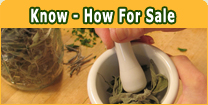
Ayurveda and Marma Chikitsa
Marma chikitsa is a related more to kalarippayattu, the martial art form of Kerala. Marma, literally means a key point. According to Kalari payattu knowledge, there are 108 Marmas on human body. Twelve among them are extremely critical and are called Padumarma. Immediate death will be the result if any of these points are injured. There are 96 others marmas, collectively known as Thodu marmas, not as serious as padumarmas.
A shock to a marma (thattu in Malayalam) can be overcome by applying controlled negative shocks (maruthattu in Malayalam). In marma treatment, the injuries to marmas are treated. Ayurvedic medicines are used for massaging and treatments. Marma chikitsa also addresses dislocation of bones, out-of-shape bones, etc.
Marma massaging involves massaging the body while applying sufficient pressure over the marmas. Different medicinal oils are used in the massaging.
Though marma chikitsa is primarily associated with Kalari payattu, (martial art form of Kerala), Kathakali, the divine dance form of Kerala also benefits from marma chikitsa. It gives the body flexibility to perform different maneuvers.
Apart from giving flexibility to body muscles, the marma massage also enables the persons to attain a sharp mind, mental alertness, better composure, and natural resistance to almost all common diseases.
Marma massage is primarily called Thirummu chikitsa or Thirummal. Chavittithirumal is a special thirummal, in which the person is left bathed in medicated oil on floor. Then the masseur massages the body with his or her feet. A rope hanging from the roof keeps the masseur in balance.
Ayurvedic training in Kerala, especially in the salya tantra (surgery) division, marma tantra is an important item.
Marma Chikitsa is followed only in Kerala and in the southern parts of Tamil Nadu.



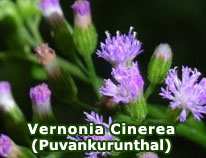
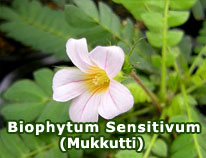
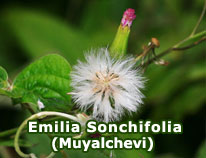
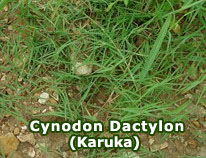
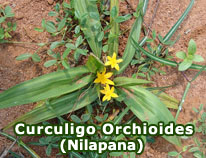
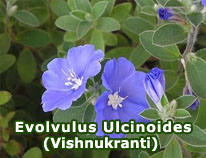
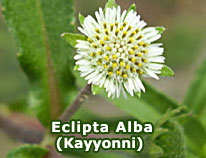
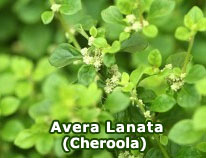
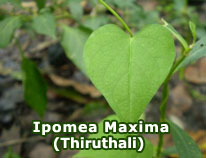
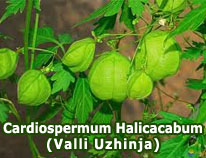
 Loading ...
Loading ...